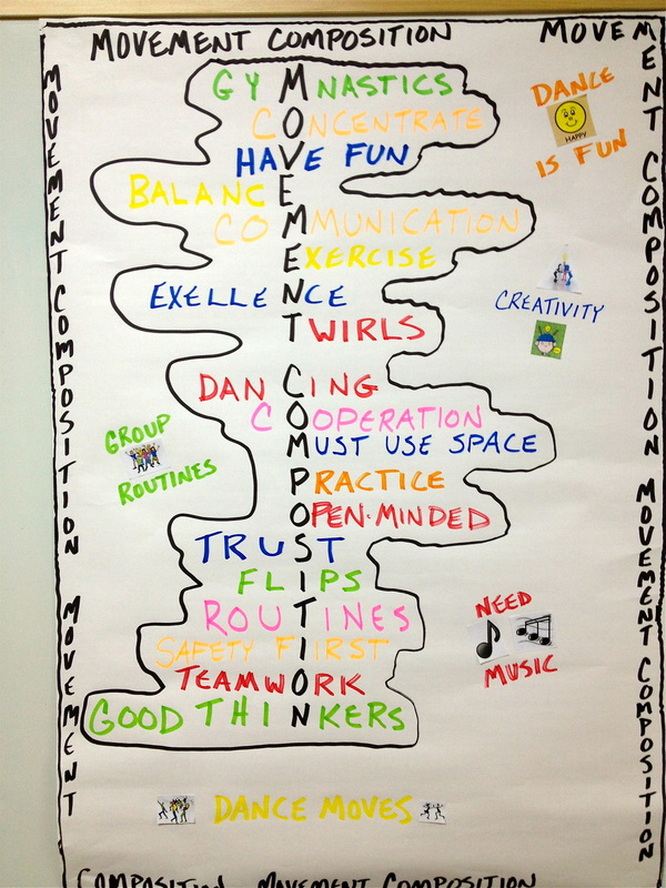 All ideas generated by the students about what movement composition is and key things to consider during the unit. Each of my classes are working on similar, but slightly different pre-assessment tasks in my movement composition unit in PE. In one of my grade 4 classes today, I had the students brainstorm up a list of everything that came to their minds about movement composition. Before brainstorming the students watched a rhythmic gymnastics You Tube video clip and then discussed what they remembered about last year's movement composition unit with their elbow buddies. We then got together as a class and I had the students share their ideas with me which I then recorded on the poster that you see above. I felt that I had given them ample time and opportunity to discuss and share. The discussion was excellent and they came up with a number of different movement composition related thoughts, ideas, and facts. This is a breakdown of the grades I teach, along with the number of classes: Kinder: 2 classes Grade 1: 3 classes Grade 2: 3 classes Grade 3: 3 classes Grade 4: 3 classes. I am completing pre-assessment tasks with all of these different classes this week and aim to make each pre-assessment task slightly different for each of the classes at the same grade level. My goal is to tap into prior knowledge about movement composition and get them to brainstorm all of the different possibilities in the unit. The visuals that are being created are then being posted on the walls of the movement composition room. As each class comes in for their lesson, all of these posters are being used to stimulate further discussion about the unit. For example, the grade 2 poster made a couple of days ago (see below) was used to initiate discussion about how we can create the best routines possible in grade 4. What remains the same is that at each grade level, as a pre-assessment, the students will put together mini-routines in small groups. Grades 2-4 will use the assessment sheet that you see below to draw pictures and name each of the 6 elements that they piece together into a routine. Kindergarten and grade 1 are creating routines as well, but with fewer elements. These routines are meant to be very simple in nature and allow the kids to have some fun and explore different types of movement based on prior knowledge. As I mentioned in a previous blog, they are not being assessed on whether they can execute the move/element properly or not. That is not the purpose of this pre-assessment task.
The students will practice and perform their mini-routines next week to their classmates. Their performances will be used to initiate discussion and what a good routine looks like and we will begin to dig deeper into the unit. The central idea and lines of inquiry will then be introduced to each of the classes. Have a peek at the example student assessment from today's class.
5 Comments
Hakki Ozkarakas
1/15/2013 08:13:18 pm
Excellent Andy,
Reply
David VanGundy
10/24/2013 10:34:02 am
How many students do you have in a class and how often do you see them? How long are the classes?
Reply
5/10/2014 02:14:27 pm
Educational as well as fascinating which many of us reveal to you well, i think it's the same handy as well as educated. I'd really like to help many thanks for that efforts. My business is tiring the identical best perform from us in the foreseeable future at the same time.
Reply
11/19/2019 09:03:43 pm
Hi Andy!
Reply
Leave a Reply. |
AuthorKAUST Faculty, Pedagogical Coach. Presenter & Workshop Leader.IB Educator. #RunYourLife podcast host. Archives
September 2022
|
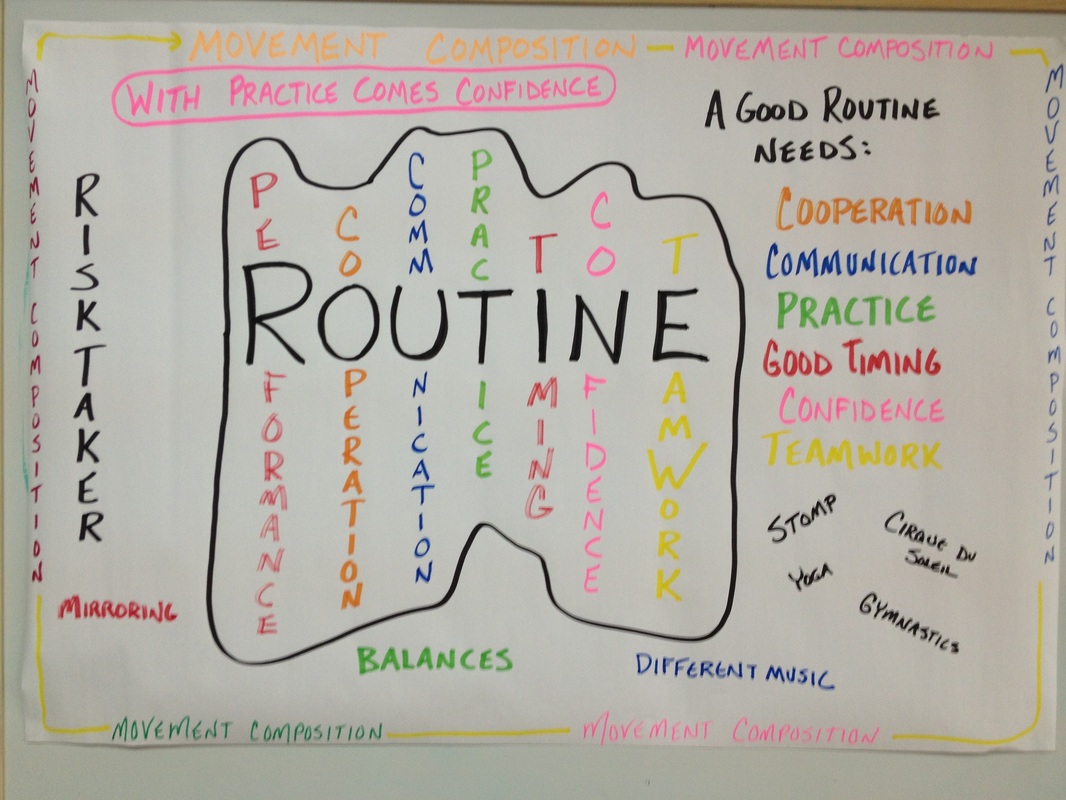
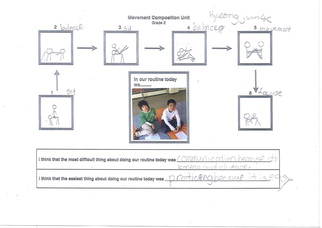
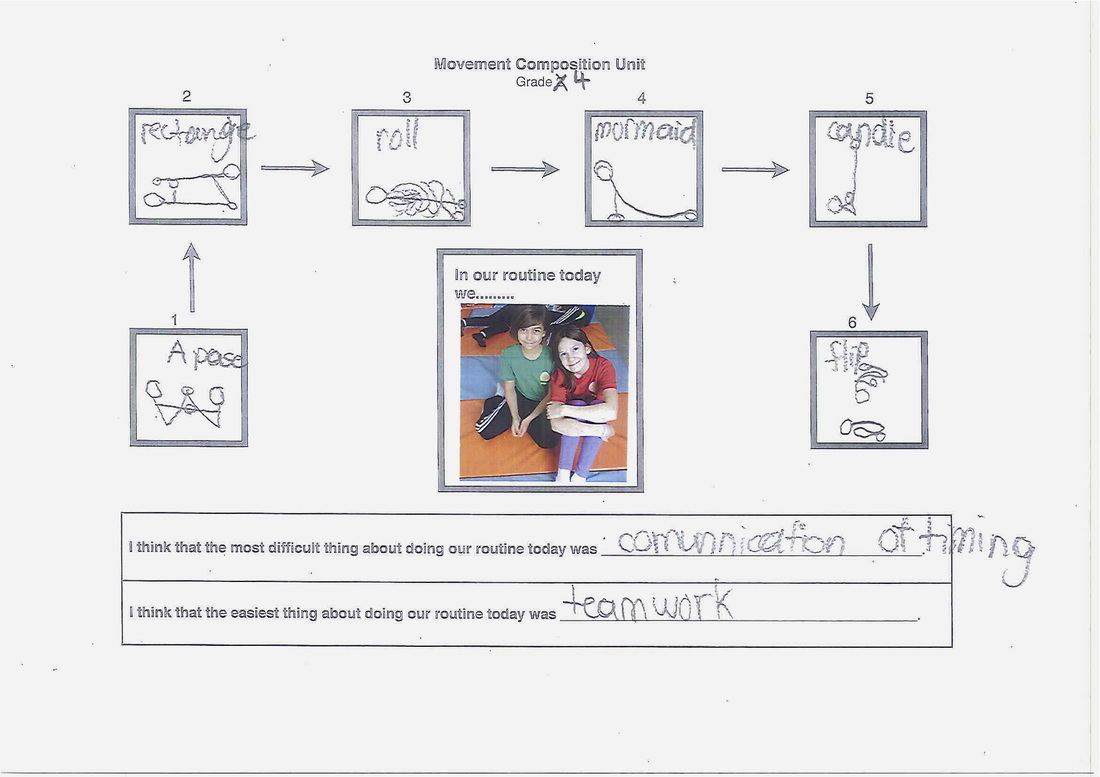
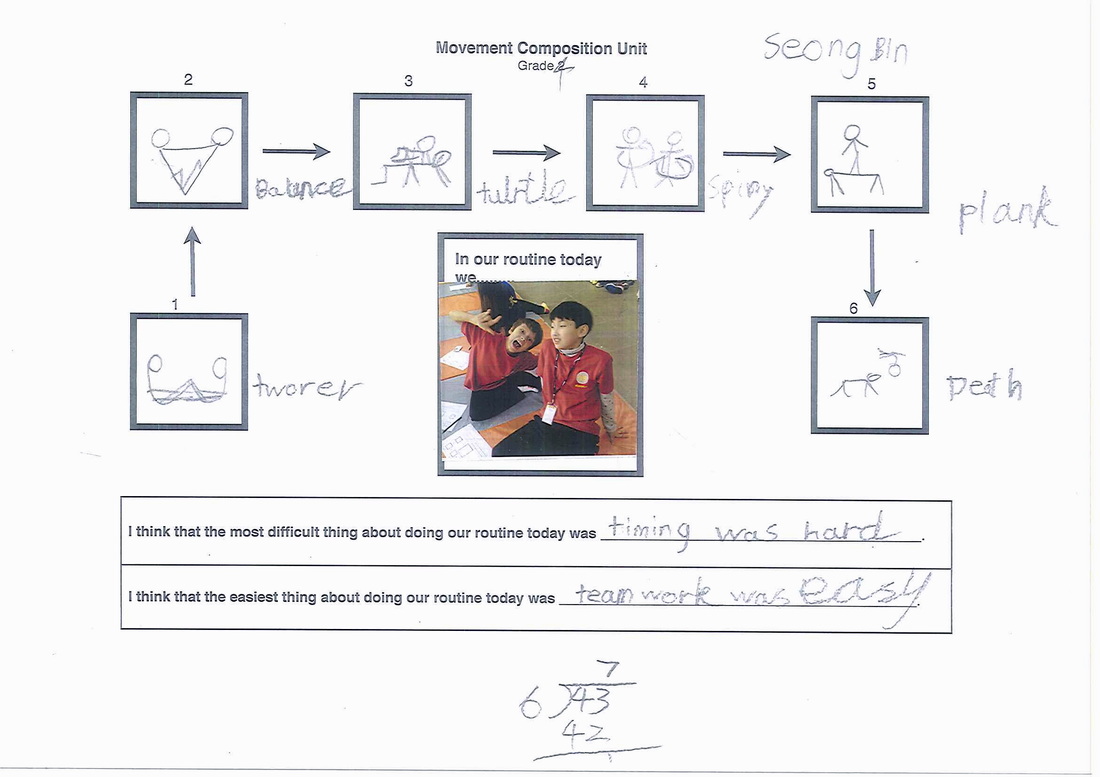
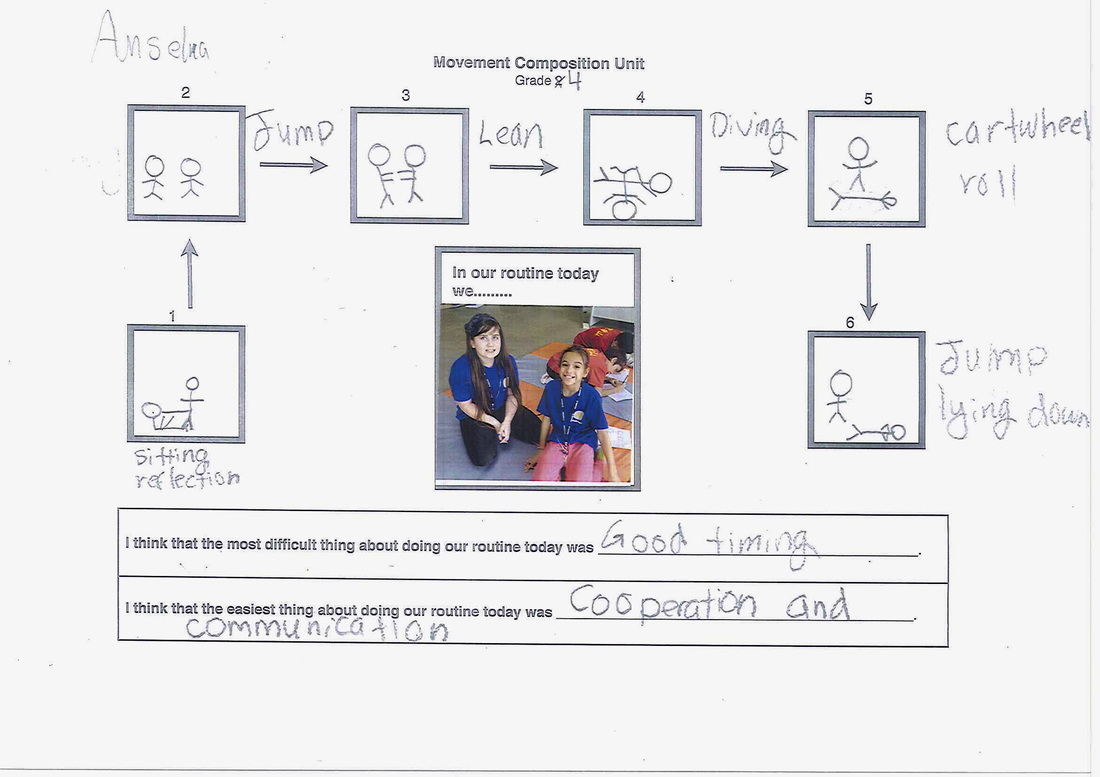
 RSS Feed
RSS Feed